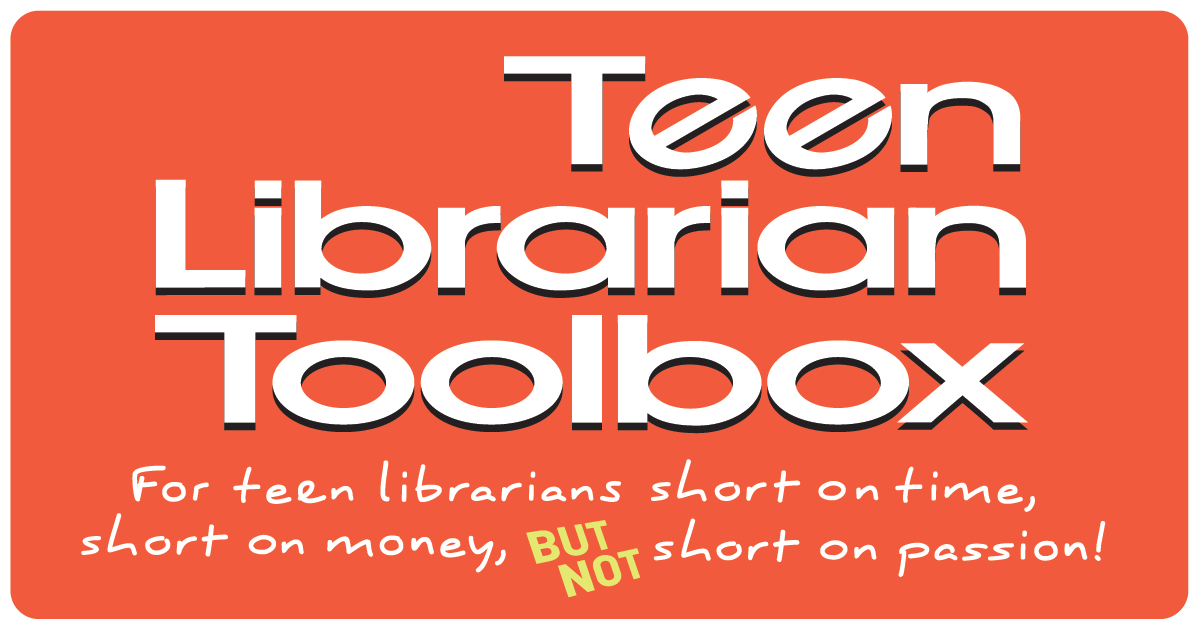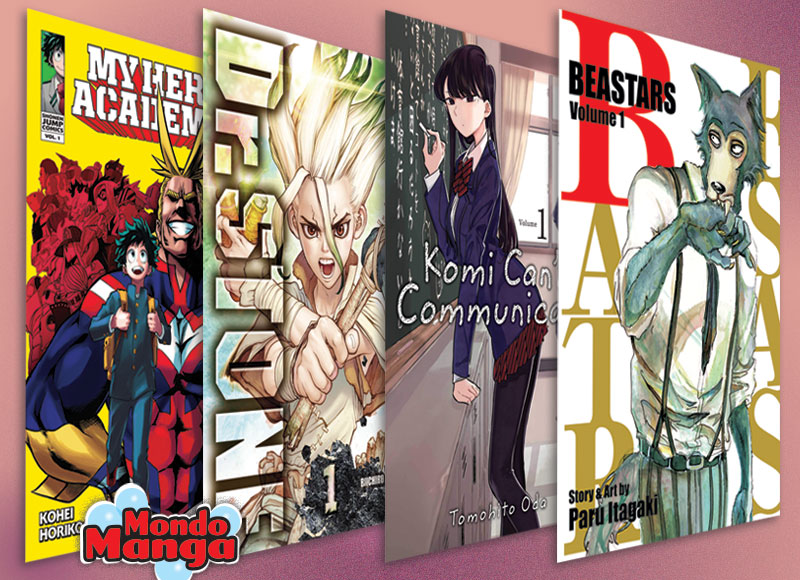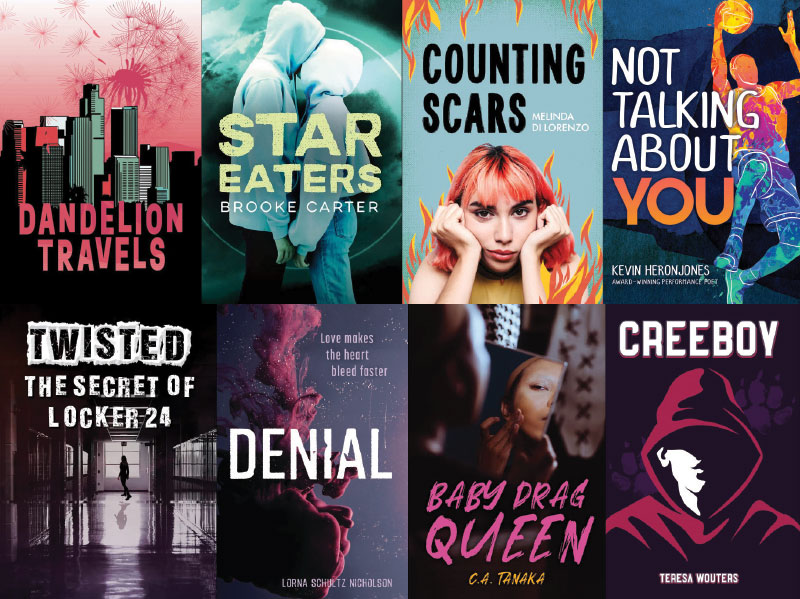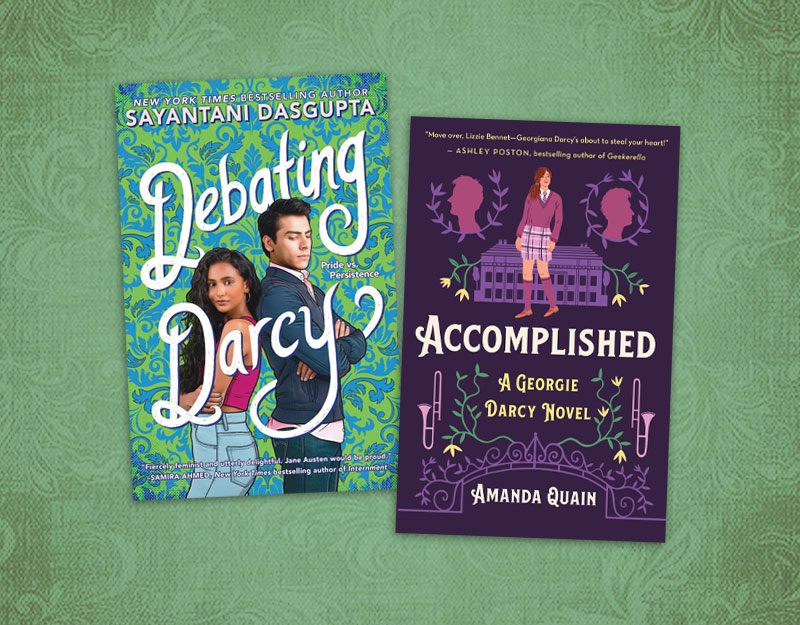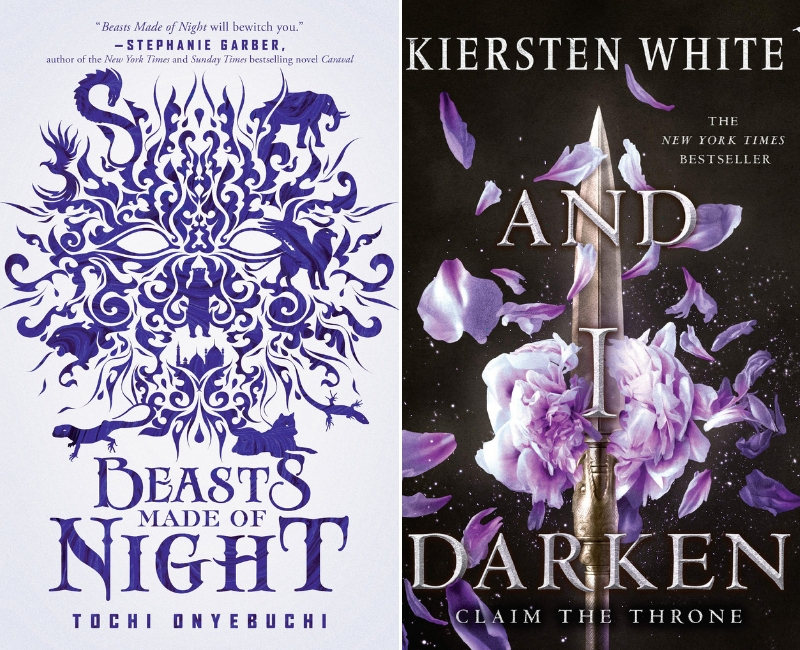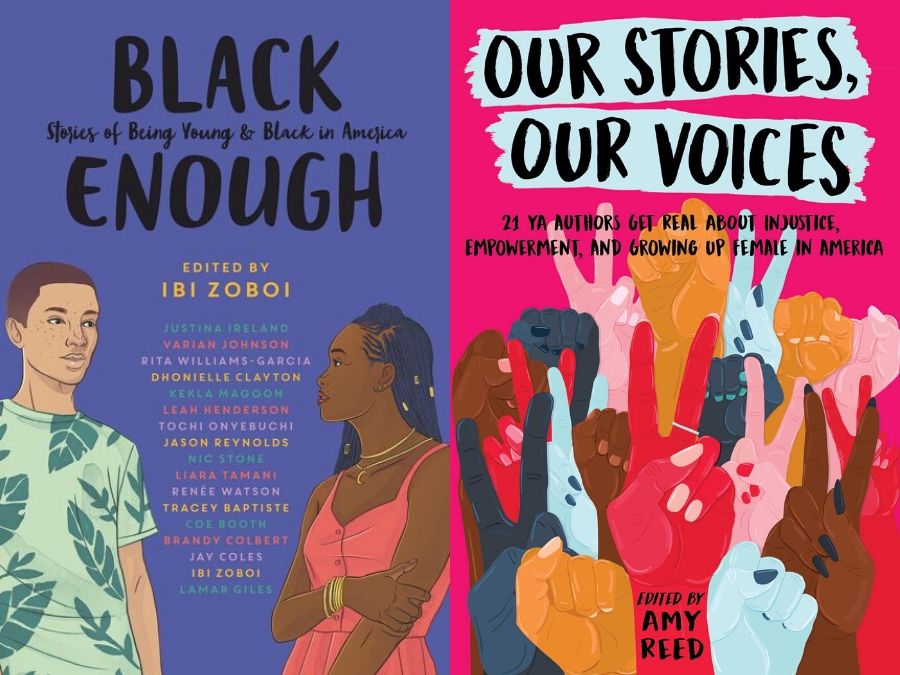Re-Imagining Hawthorne’s “Rappaccini’s Daughter”, a guest post by Samantha Mabry
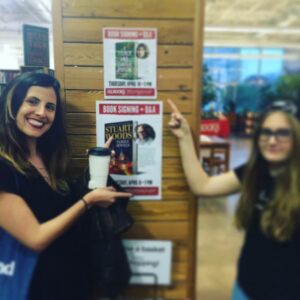
At a recent author event, The Teen and I met and talked with upcoming debut author Samantha Mabry. Her debut ya novel, A FIERCE AND SUBTLE POISON, will be released next week by Algonquin Young Readers. Today, she is here to talk with us about her debut novel and next week teen reviewer Lexi shares her thoughts after reading an advanced copy.
In a recent and widely circulated TED Talk, Nigerian writer Chimamanda Ngozi Adichie warns about what she calls “the single story.” Adichie believes that to tell and retell only one side of a story is not only unfair but dangerous: In the telling and retelling of a “single story,” there are the same heroes and same villains. Everyone and everything gets painted with the same brush; nuance is lost. Entire groups of people are made into caricatures, or they’re erased. This happens over and over again. If we look at the old books we love, we see this: dangerous patterns, single stories.
ADVERTISEMENT
ADVERTISEMENT
So here’s one story: In the opening lines of Nathaniel Hawthorne’s short story “Rappaccini’s Daughter,” we are introduced to Giovanni Guasconti. He’s a young man, new to town, quite lonely, and looking for a romantic companion. He finds Beatrice Rappaccini, whose father is a renowned scientist with questionable ethics. Beatrice, who is beautiful, “redundant with life, health, and energy,” spends her days tending to the plants in the garden that just so happens to be situated directly beneath Giovanni’s window. Before long, Giovanni is sick with love. 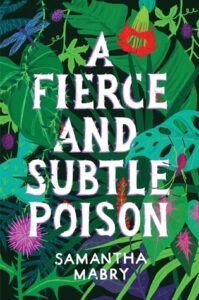
There is, however, a problem. Beatrice is full of poison, just like the plants in her garden. Giovanni seems to not care, and through bribery, he gains entrance to the garden via a secret passage, which enables him to meet and talk with Beatrice. Eventually, though, he wants more. He yearns to touch her hair; her dress becomes less a garment of clothing and more a battlement wall. She consumes him. He can’t stay away. It’s here that Hawthorne describes his young protagonist as being “irrevocably within [Beatrice’s] sphere,” forced to “obey the law that whirled him onward, in ever lessening circles.” He, you could say, has it bad.
Poor Giovanni. Beatrice has poisoned him. This is true: Giovanni soon learns that the girl he loves has infected him, literally infused him with her poison.
So what does Giovanni decide to do? He attempts to fix Beatrice. He’s given an antidote that he’s told will cure her. She drinks that antidote, and, as the effects begin to take hold, Dr. Rappaccini, Beatrice’s father, is confounded. He can’t believe it. He, in essence, asks her, “Why would you give up this power I’ve given you?” I translate this as “Why would you do this to me?”
“Rappaccini’s Daughter,” published in the 1844 collection Mosses from an Old Manse, is the inspiration for my novel A Fierce and Subtle Poison (the title is a line taken from the story), which comes out (as of the date of this writing) in just a week. What I wanted to do was take a well-known story, examine it, dismantle it, and put it back together. Using different critical angles and lenses, I set out to answer some questions: Do boys still behave a certain way toward the girls with whom they hope to form romantic relationships? Do they still think that girls require “saving”? What about fathers? How do they go about exerting control over their daughters in this day and age? And, of course, what about the girls? What choices do they have now over their bodies that they didn’t have in the past? How are they allowed to leave their “gardens”? What if I changed the setting and the culture—away from an unknown Italy of the past to modern-day Puerto Rico?
Certain things are similar in both Hawthorne’s story and mine: there’s an outsider boy with a head full of romance, a garden brimming with weird plants, an outcast scientist father, and a girl full of poison. My boy, Lucas, also feels drawn to my girl, Isabel, in a way that seems paradoxical: he wants to be near her, but he also knows that she could hurt him, or worse.
In the Hawthorne story, Giovanni never considers that he should leave Beatrice alone or that she might be better off without him. He wants her to be like him because he is not full of poison and thus “normal.” He also wants her, as in her body. This is how Lucas functions too, at the beginning of A Fierce and Subtle Poison. He wants to help Isabel. He tells her as much, and she immediately shoots him down. He wants to touch her, but like Giovanni, he leaves that part unsaid. He starts off in a very traditional, almost stereotypical-dude role. I hope, though, that I was able to give him some dynamics and the ability to see himself and work toward change.
To Dr. Rappaccini, Beatrice is hardly any more than a science experiment. Her first name isn’t even in the title; her role is simply that of doctor’s daughter. Isabel’s father is—like many fathers—also very controlling. He sees his daughter as a reflection of him and his work more than anything else.
Now, Isabel. She is where the story really shifts. She, like Beatrice, starts off in her garden, controlled, walled in, and practically voiceless. She, however, has a gift that Beatrice does not have: she has the ability to make choices regarding her own fate. It is in the nature of her character to need some help, but she has some amount of control and is able to guide the course of her life in a certain direction. In “Rappaccini’s Daughter,” Beatrice chooses lover over father. There are no other options.
ADVERTISEMENT
ADVERTISEMENT
The choice of boy or father still is, for many girls, the only choice they have or think they have. They live within walled worlds, whether real or mind-forged. This is the single story I hoped to challenge in some small way. Isabel has other options—they are limited, but they are there. I have given the girl, the native Puerto Rican girl, control, and in that way shifted a moody, beautiful story I have always loved to something different, and, I can only hope, important.
About A FIERCE AND SUBTLE POISON
Everyone knows the legends about the cursed girl–Isabel, the one the señoras whisper about. They say she has green skin and grass for hair, and she feeds on the poisonous plants that fill her family’s Caribbean island garden. Some say she can grant wishes; some say her touch can kill.
Seventeen-year-old Lucas lives on the mainland most of the year but spends summers with his hotel-developer father in Puerto Rico. He’s grown up hearing stories about the cursed girl, and he wants to believe in Isabel and her magic. When letters from Isabel begin mysteriously appearing in his room the same day his new girlfriend disappears, Lucas turns to Isabel for answers–and finds himself lured into her strange and enchanted world. But time is running out for the girl filled with poison, and the more entangled Lucas becomes with Isabel, the less certain he is of escaping with his own life.
Coming April 12th from Algonquin Young Readers
 Meet Author Samantha Mabry
Meet Author Samantha Mabry
Samantha Mabry grew up in Texas playing bass guitar along to vinyl records, writing fan letters to rock stars, and reading big, big books, and credits her tendency toward magical thinking to her Grandmother Garcia, who would wash money in the kitchen sink to rinse off any bad spirits. She teaches writing and Latino literature at a community college in Dallas, Texas, where she lives with her husband, a historian, and her pets, including a cat named Mouse. A Fierce and Subtle Poison is her first novel.
Filed under: New Releases, New YA
About Karen Jensen, MLS
Karen Jensen has been a Teen Services Librarian for almost 32 years. She created TLT in 2011 and is the co-editor of The Whole Library Handbook: Teen Services with Heather Booth (ALA Editions, 2014).
ADVERTISEMENT
ADVERTISEMENT
SLJ Blog Network
Newbery/Caldecott 2026 Spring Check-In
Remember (the) Maine: A Stroll Around Kittybunkport with Scott Rothman
5 Unlimited Access Digital Comics to Boost K–8 Reading | Sponsored
When Book Bans are a Form of Discrimination, What is the Path to Justice?
Pably Cartaya visits The Yarn
ADVERTISEMENT

